Uncategorized
-
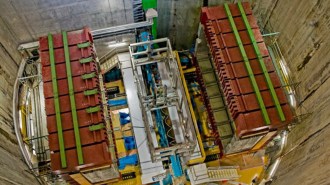 Physics
PhysicsMounting evidence suggests neutrinos are key to why antimatter is rare
The source of matter’s dominance over antimatter might be revealed by the tiny subatomic particles.
-
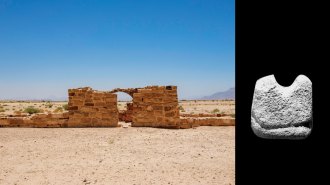 Archaeology
ArchaeologyA carved rock found in Jordan may be the oldest known chess piece
The 1,300-year-old game piece, which resembles a rook, or castle, was found at an Early Islamic trading outpost.
By Bruce Bower -
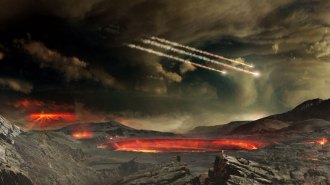 Planetary Science
Planetary ScienceRibose, a sugar needed for life, has been detected in meteorites
Samples of rocks that fell to Earth contain a key molecular ingredient of RNA, part of life’s genetic machinery.
-
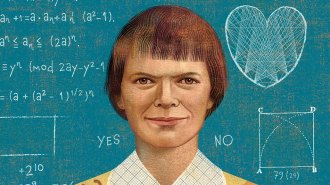 Math
MathHow Julia Robinson helped define the limits of mathematical knowledge
Born 100 years ago, Julia Robinson played a key role in solving Hilbert’s 10th problem.
By Evelyn Lamb -
 Humans
HumansWhy screening DNA for ‘designer babies’ probably won’t work
While simulations suggest it’s possible to predict a child’s height from looking at an embryo’s DNA, real-world examples say otherwise.
-
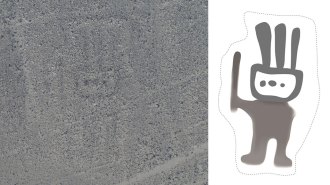 Archaeology
ArchaeologyAn AI found a hidden Nazca Line in Peru showing a humanoid figure
An artificial intelligence program designed to go through massive datasets for hints of ancient geoglyphs called Nazca Lines has discovered a new one.
-
 Climate
Climate50 years ago, scientists puzzled over a slight global cooling
Five decades ago, scientists were puzzled over a slight dip in global temperatures. Today we know it was just a blip, and that Earth’s climate is warming thanks to industrial activity over the last century.
-
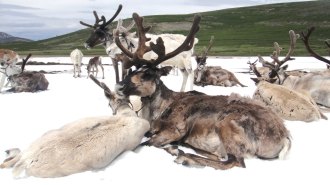 Climate
ClimateThe loss of ‘eternal ice’ threatens Mongolian reindeer herders’ way of life
Mongolian reindeer herders help scientists piece together the loss of the region’s vital “eternal ice” patches.
-
 Space
SpaceHow two gamma-ray bursts created record-breaking high-energy photons
Light packing up to 1 trillion electron volts of energy bolsters a theory for how these cosmic explosions produce such high-energy radiation.
-
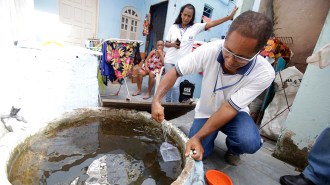 Health & Medicine
Health & MedicineDengue cases in the Americas have reached an all-time high
There have been more dengue cases in the Americas this year than ever before, according to the Pan American Health Organization.
-
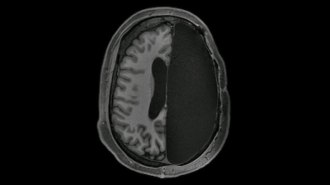 Neuroscience
NeuroscienceSome people with half a brain have extra strong neural connections
Brain scans of six people who had half their brains removed as epileptic children show signs of compensation.
-
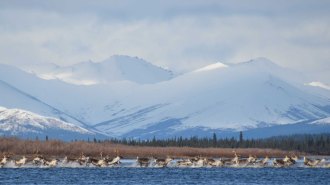 Life
LifeCaribou migrate farther than any other known land animal
Caribou in Alaska and Canada migrate up to 1,350 kilometers round trip each year, a study reports.
By Sofie Bates